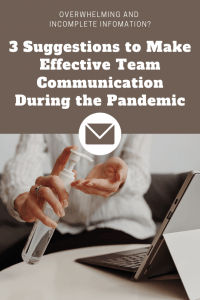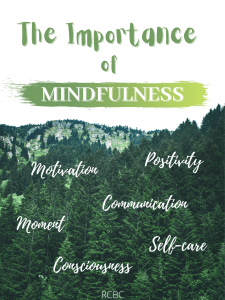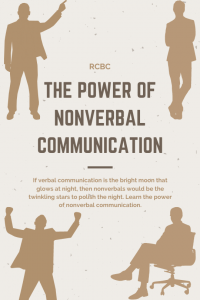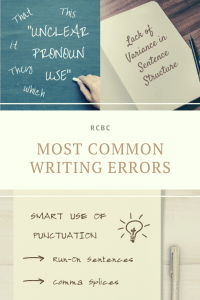By Communication Consultant Duy Nguyen (Accounting and BIS, ’22)
 A year into the pandemic, it is safe to say that each of us has witnessed its impact in one way or another. The pandemic has given rise to a dramatic shift in the way we interact and share information. A huge number of people are now a part of the virtual population, conducting their work and study remotely with the use of communication technologies. Such technologies, ranging from emails to video conferencing, have become the primary means of communication for professionals and students. Virtual communication has been vital in allowing us to sustain multiple aspects of our work and lives.
A year into the pandemic, it is safe to say that each of us has witnessed its impact in one way or another. The pandemic has given rise to a dramatic shift in the way we interact and share information. A huge number of people are now a part of the virtual population, conducting their work and study remotely with the use of communication technologies. Such technologies, ranging from emails to video conferencing, have become the primary means of communication for professionals and students. Virtual communication has been vital in allowing us to sustain multiple aspects of our work and lives.
However, considering the fact that all such changes were initiated in a rather rushed manner over a short period of time, we may not yet have the skills that allow us to most effectively communicate in our virtual teams. Too much information could sometimes be overwhelming, thus demotivating and causing stress amongst teammates. On the other hand, information could be incomplete, resulting in unsatisfactory work or unnecessary, time-consuming back-and-forth inquiries. Problems resulting from information overload or incomplete understanding might lead to significant consequences. We have to do better from the start.
There are a number of ways to communicate more effectively in our virtual teams.
First, centralizing communication in groups can ensure that real-time data and information exchange is transparent and available to all individuals who are involved in the project/assignment.
Second, messages must be clear. Senders should explicitly state their intentions, thereby minimizing confusion and potential conflicts.
While communication should doubtlessly be conducted regularly so as to keep everyone up to date, work groups should also set up certain boundaries such as a curfew, after which email exchanges should be paused until the next working period, avoiding an overflow of information.
The pandemic has clearly placed greater emphasis on the role of effective communication. It is the skill that has allowed us to minimize disruptions and carry on with our usual duties. Adapting to the new communication practices, we will not only make the most out of the circumstances, but we will also equip ourselves with valuable skills that will be beneficial in the long run as globalization will continue to highlight the importance of virtual communication.
Practice makes perfect, so take advantage of the Rauch Center for Business Communication. Our Communication Consultants can help you plan for better communication in your groups or we can troubleshoot communication challenges.
Get information and resources about our center at The Philip Rauch Center for Business Communication.



